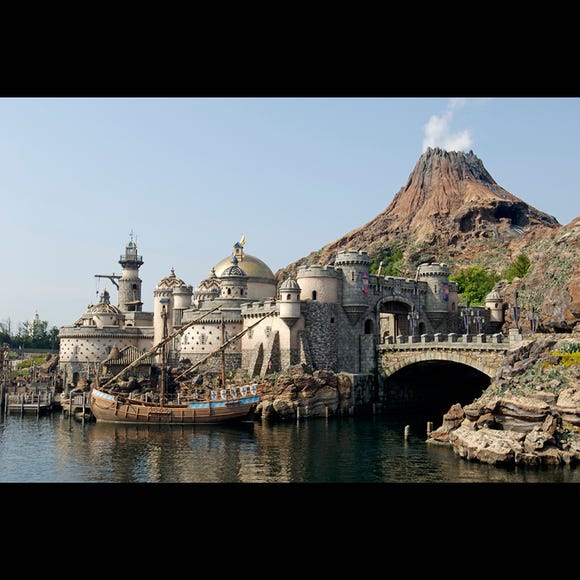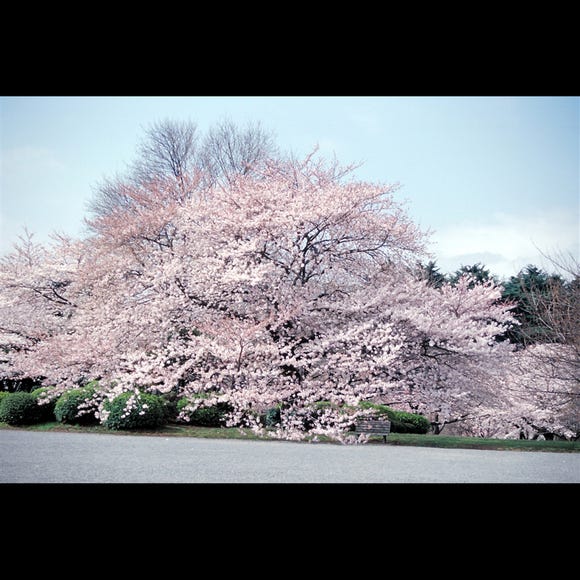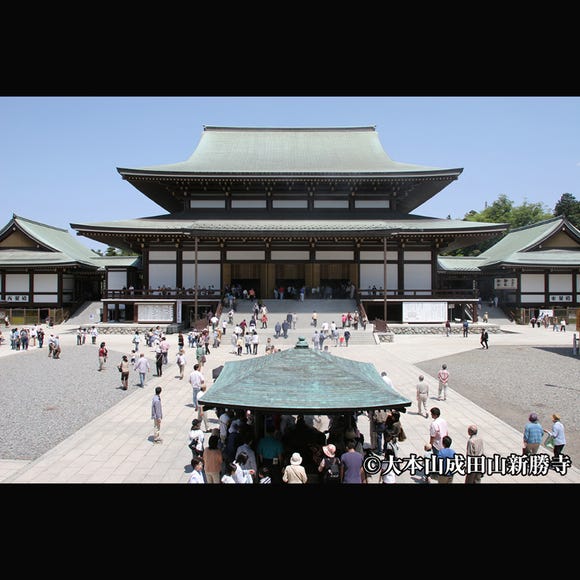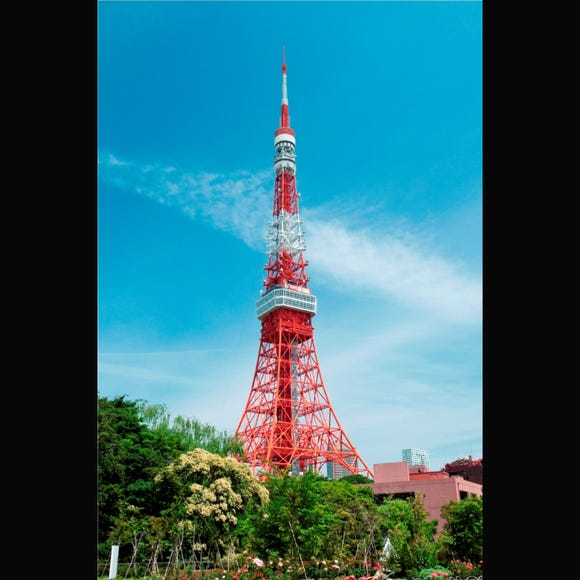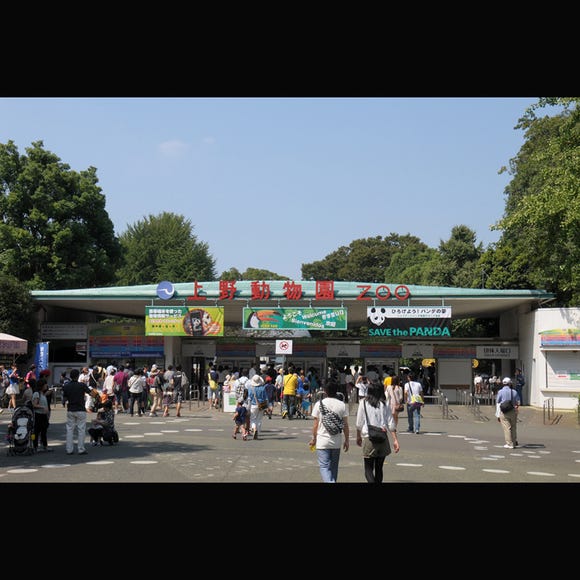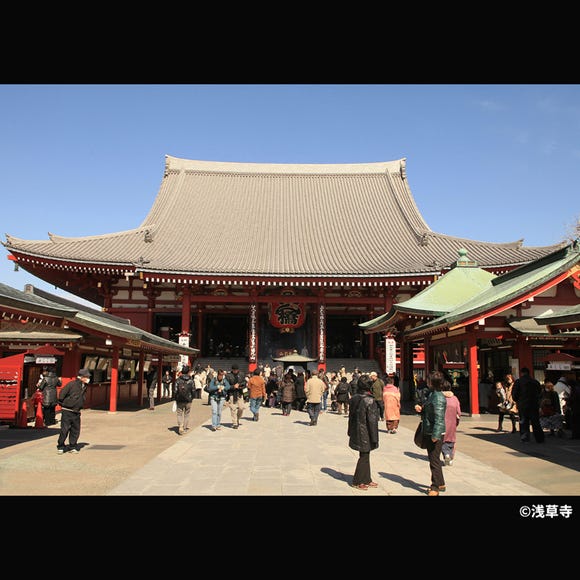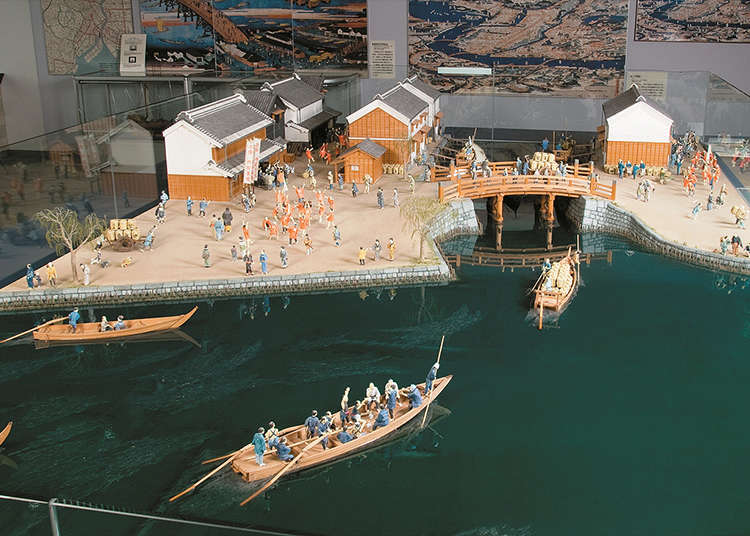
Today, Odaiba is one of Tokyo’s most prominent sightseeing spots but its development actually started decades ago. Let’s explore Odaiba’s history, from the past to the present!
Shinagawaoki: Odaiba’s Maritime Past
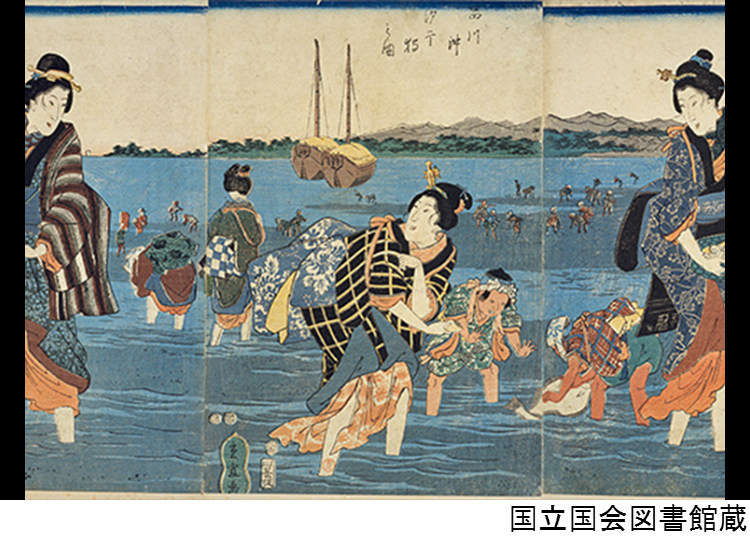
Odaiba is a manmade place: hundreds of years ago, it was part of the ocean called Shinagawaoki, or the Shinagawa offing. Japan used ships for cargo transportation and in Shinagawaoki, big freighters anchored to transfer their cargo to smaller vessels, which then brought the goods to Edo. Apart from that, it was also known for its seaweed production – an indispensable raw ingredient for sushi! This famous Ukiyo-e depicts a scene of shellfish collecting and when looking at the image, it is immediately clear what a bustling port town the area was.
The incident that shook Japan
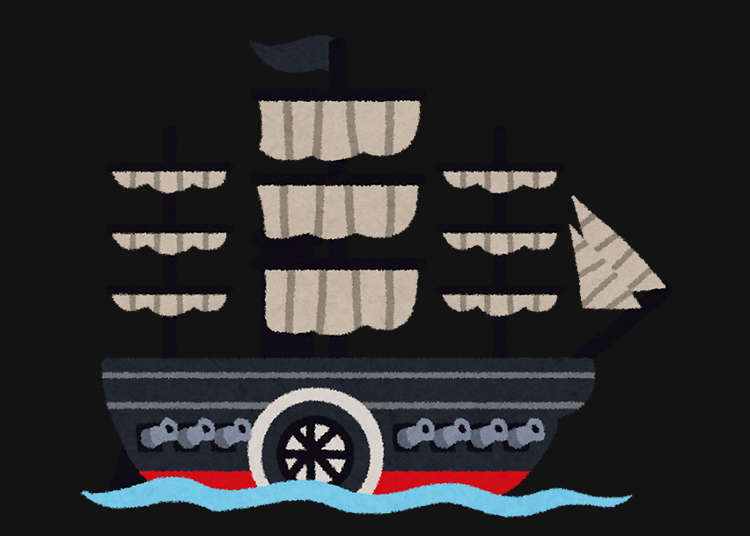
Between 1639 and 1854, there was a law in place that forbade foreigners from entering Japan, with the only exception being Dejima (part of today’s Nagasaki Prefecture), which was kept open as a window for trade. In this time, in 1853 to be precise, four warships arrived off the coast of Uraga in Kanagawa Prefecture, carrying a personal letter from the President of the United States and demanding the opening of the country. This delegation, which had imposed its power from Kanagawa’s Uraga to Edo, gave Japan an ultimatum of one year before they would return. Within this year, turrets and fortresses were constructed to prevent a foreign invasion.
The origin of the place called Odaiba
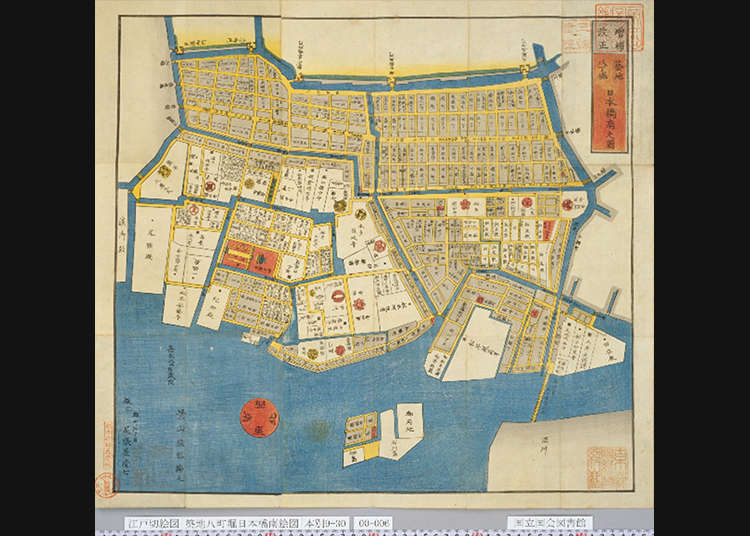
To protect Edo Castle from the gunfire of warships, the government of the time decided to erect fortresses. Shinagawaoki became a construction site and a massive amount of sediment was heaped up to hinder naval movement. Around 5,000 people were mobilized to the 11 fortresses that were built on this man-made island. The name “Odaiba” is derived from this historical background, as the Japanese term for fortress is “daiba”.
Fortess Island – without combat experience
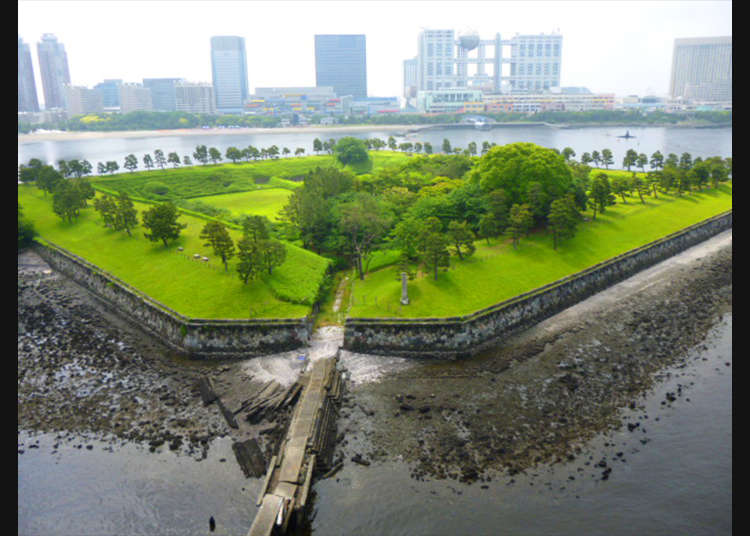
The construction process of Odaiba’s fortesses took a long time during which the government changed its policy and ultimately signed the Convention of Kanagawa. Thus, Odaiba has never seen a single day of combat. Before long, the island of Odaiba was used as a shipyard, different from its original purpose, and a lighthouse was built. After the Second World War, it became the home of a camp for war orphans.
Traces of the past, still visible today
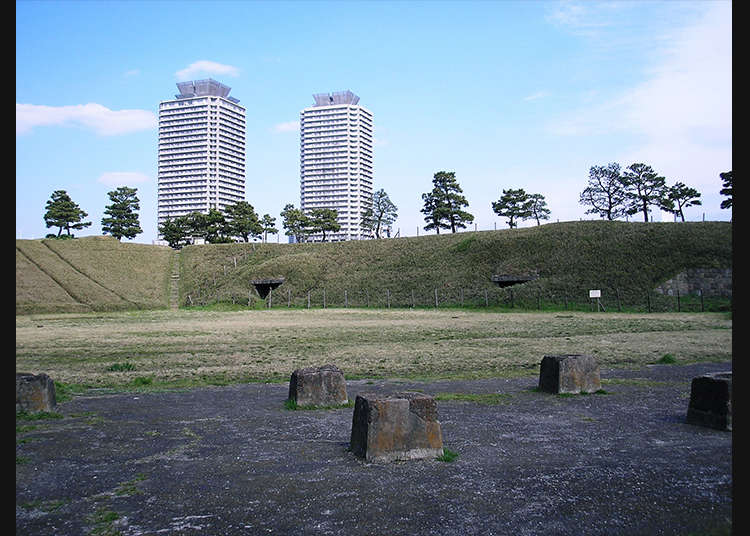
While there were eleven fortresses on Odaiba during the time of their construction, almost all of them have been lost. However, the third and sixth fortress remain intact to this very day. Daibakoen is a metropolitan park that has been built on the ruins of the third fortess. It is located on top of the 5 to 7 meter high stone walls of the former fortess, which’s foundation of its barracks still remain. According to documentary records, a 36 pound mortar was located there.
-
Daiba Park台場公園
- Address 1 chome, Daiba, Minato-ku, Tokyo, 135-0091, Japan
Becoming one of Tokyo’s Top Tourist Spots!
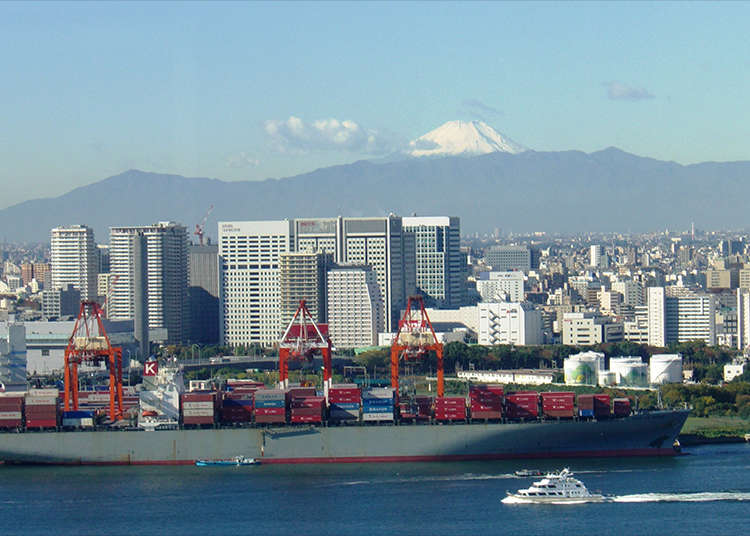
In the 1990s, a redevelopment project for the city’s maritime sub-city centers was brought into life to ease the ever-growing population and traffic difficulties that the congested Tokyo faced. Television companies were moved to Odaiba and the Rainbow Bridge, a big amusement park, and shopping centers were constructed one after another. In 1995, a Monorail between Shinbashi and Ariake was completed. Even from now on, preparing for the opening of the Tokyo Olympics in 2020, the construction of massive hotels and large-scale complexes is being planned on Odaiba.
Understanding Odaiba’s History in the Tokyo Minato-kan
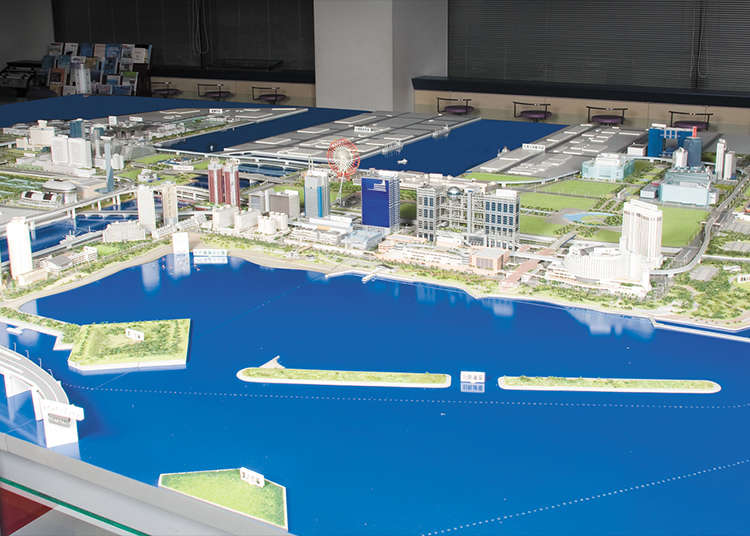
The Tokyo Minato-kan, or Tokyo Port Museum, is a museum that introduces and showcases the history and development projects of the Tokyo harbor. Visit the 20th floor to indulge in the view of the Port of Tokyo and the coastal Fukutoshin spreading out below. Apart from giant container ships anchoring in the bay, the Tokyo Skytree, Mount Fuji, and the Haneda Airport make for a breathtaking scenery as they can all be looked out over from the amazing 360 degree view. While the Tokyo Minato-kan will be closed from the 30th of June 2016, it will reopen with new and reinvented facilities in April of 2017.
-
Tokyo Port Museum東京みなと館
- Address 2-4-24, Aomi, Koto-ku, Tokyo, 135-0064, Japan
- Area
- Category
*Prices and options mentioned are subject to change.
*Unless stated otherwise, all prices include tax.
Limited time offer: 10% discount coupons available now!
Recommended places for you
-

Discover Osaka Station City: A Journey Through Its Most Fascinating Spots
-

Professional Photos Even Beginners Can Shoot! 10 Tips for Taking Stunning Cherry Blossom Photos
-

Best Things to Do in Tokyo in April 2024: Events, Festivals & More
-

15 Must-Try Restaurants in Ikebukuro: From Aged Yakiniku to All-You-Can-Eat Sushi, Plus Adorable Animal Cafés
-

Step Into the Story: Inside Immersive Fort Tokyo
-

15 Must-Try Sushi Restaurants in Tokyo (+5 Trending Areas to Explore for Foodies)
-
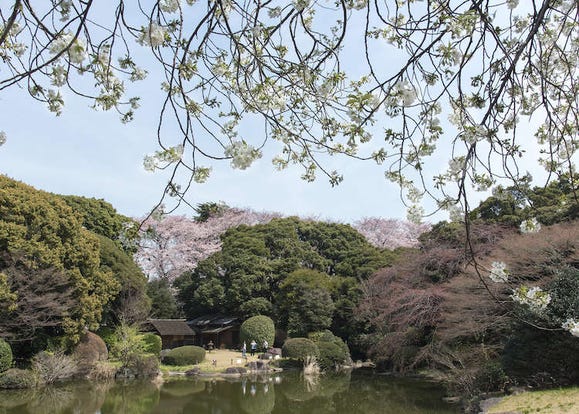
Cherry Blossom Viewing at the Tokyo National Museum: Both in Galleries and the Garden (From Representations to the Real Deal)
-
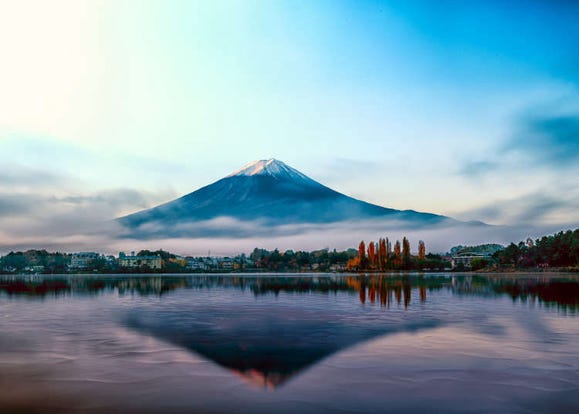
16 Secrets About Mt. Fuji, the Symbol of Japan: Even Japanese People Don’t Know That?!
-

Unveiling Tokyo's Hidden Treasures: Exploring Other Museums
-
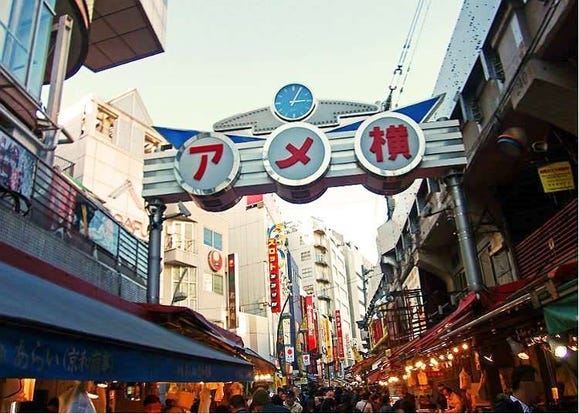
Ueno Station Area Guide: Fun Ways to Explore Tokyo's Popular Destination (Area Map & Sightseeing Tips)
-

Become a Samurai at the Samurai Museum in Tokyo!
-

Tokyo Museum Brings 1,500 Years of Women's Clothing to Life at Japanese Fashion Exhibit
- #best ramen tokyo
- #what to buy in ameyoko
- #what to bring to japan
- #new years in tokyo
- #best izakaya shinjuku
- #things to do tokyo
- #japanese nail trends
- #what to do in odaiba
- #onsen tattoo friendly tokyo
- #daiso
- #best sushi ginza
- #japanese convenience store snacks
- #best yakiniku shibuya
- #japanese fashion culture
- #best japanese soft drinks













